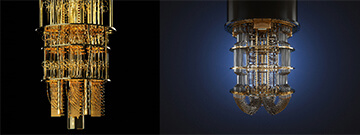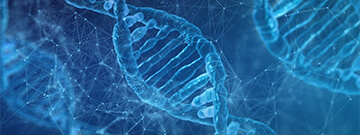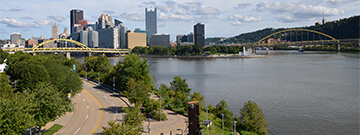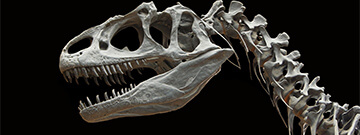
Fireworks!
Earlier this month, thousands of families celebrated the Fourth of July by watching the magical fireworks display in their city. However, these marvelous bursts of light and sound are much more than a feat of magic; it takes lots of chemical reactions to create fireworks.
We think of fireworks as a modern invention, but the main ingredient of this exploding phenomenon has been around for over a thousand years! Chinese alchemists developed gunpowder in the 800s. Also known as black powder, gunpowder became the first explosive to be created, and today’s fireworks still use them. In gunpowder, potassium nitrate plays the most significant role. The potassium nitrate (the oxidizer) causes the fireworks to be sent into the air, but it also plays a large role in the bursting of the firework.
The exciting bright colors and patterns are also a product of science. Burning metal salts such as sodium chloride (table salt) creates colors. For example, burning table salt will produce a yellow flame due to the sodium metal. Other examples are copper and calcium, which produce blue and orange flames, respectively. These metal salts make “stars” which are small pellets. These stars are stored in the firework’s shell – a sphere that shoots up into the sky once it is ignited. The arrangement of the stars in the shell determines what kind of pattern it will make in the air, and that is the pattern we see when watching fireworks. Some fireworks have added chemicals, and these chemicals create different effects, like sparkles and strobing.
Pyrotechnicians have the fascinating job of measuring black powder and chemicals to create the most exceptional display. They use precise mathematical calculations to determine the correct height and location that the fireworks explode. Next time you see the dazzling fireworks light up the night sky, you will be able to tell everyone all about how they work.
Source:
“How Do Fireworks Work?” The Library of Congress,
https://www.loc.gov/everyday-mysteries/chemistry/item/how-do-fireworks-work/ ![]()
The Science of Fireworks, 2016,
https://www.ontariosciencecentre.ca/science-at-home/diy-science-fun/the-science-of-fireworks ![]()
Scientific Peer Review by Alysia Mandato
Aneri Shethji:
Aneri Shethji is a 10th grader at North Allegheny Intermediate High School. She is very passionate about science and writing and enjoys getting involved with the community. In her free time, Aneri spends time with friends and family and loves getting outside. She can’t wait to learn more about all that science has to offer, and help others learn it too!

On April 8, 2024, we will witness a mesmerizing event. A total solar eclipse is upon us, and here at the Science Center, we can explore this celestial phenomenon in many ways.
But first, what is this event? A ...

Climate change is a big deal. We’ve all seen news stories about greenhouse gas emissions, rising temperatures, and the hole in our ozone layer. However, what tends to sometimes be overlooked is climate change’s ...

In the captivating world of health care, a fascinating transformation is taking place—a rise in Artificial Intelligence, or AI! Picture a world where smart machines team up with doctors to revolutionize medicine, making ...

Hydroponics, a contemporary farming method, redefines how we grow plants, offering a fresh approach to cultivating crops that differs from traditional soil-based farming. This innovative technique doesn’t rely on soil ...

In our solar system, the eight planets—Mercury, Venus, Earth, Mars, Jupiter, Saturn, Uranus, and Neptune—are talked about more than anything. While the ...

Quantum computers are on the forefront of technological advancement. These machines, unlike any traditional computers you’re familiar with, harness the ...

The Earth is a spectacle of constant movement. Periodically, it commands our attention with displays of power—earthquakes. These events are tied to the intricate movements of the Earth's tectonic plates. Tectonic ...

Have you ever wondered how investigators in crime shows manage to identify suspects with such accuracy? Dusting for fingerprints isn’t always feasible in many cases, so the true answer lies in a different type of ...

Writers: Evan Allen, Ricardo Aguilar, Jillian Pensenstadler, Amelia Foley, and Ian Lisien
Once a center of industrial prowess, Pittsburgh has undergone a remarkable transformation, ...

Have you ever questioned what happens to the food you consume? Prepare yourself for a thrilling voyage as we go through your digestive system! We'll look at ...

When someone falls on their arm, they immediately head to the hospital to see if it is hurt. X-rays are used by doctors to examine your bones more ...

Even though dinosaurs became extinct about 65 million years ago, we know quite a bit about them, including what they ate, where they lived, and even what ...



